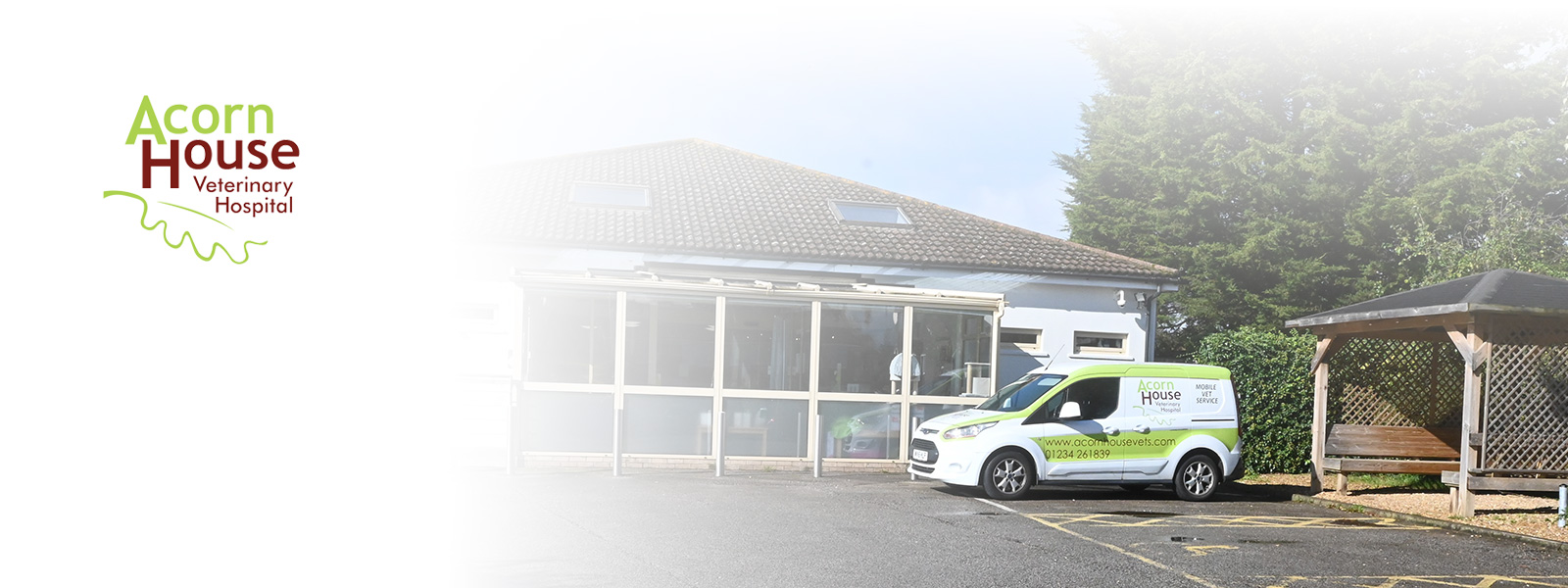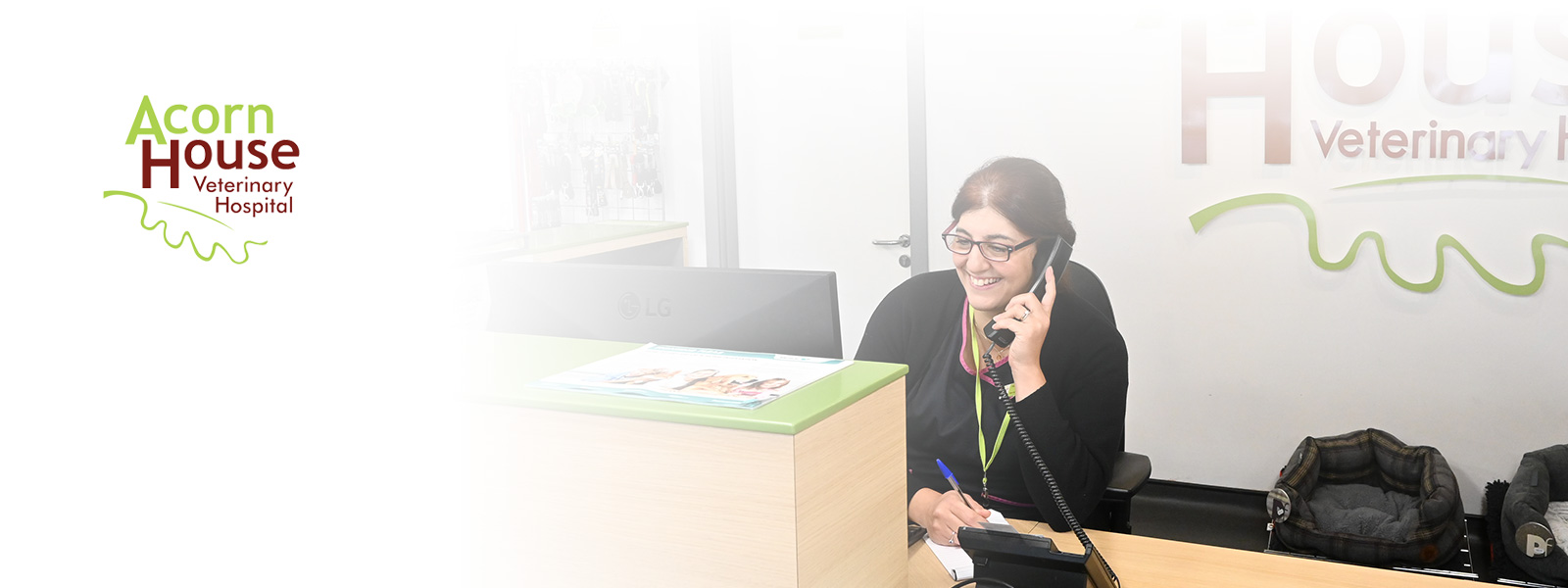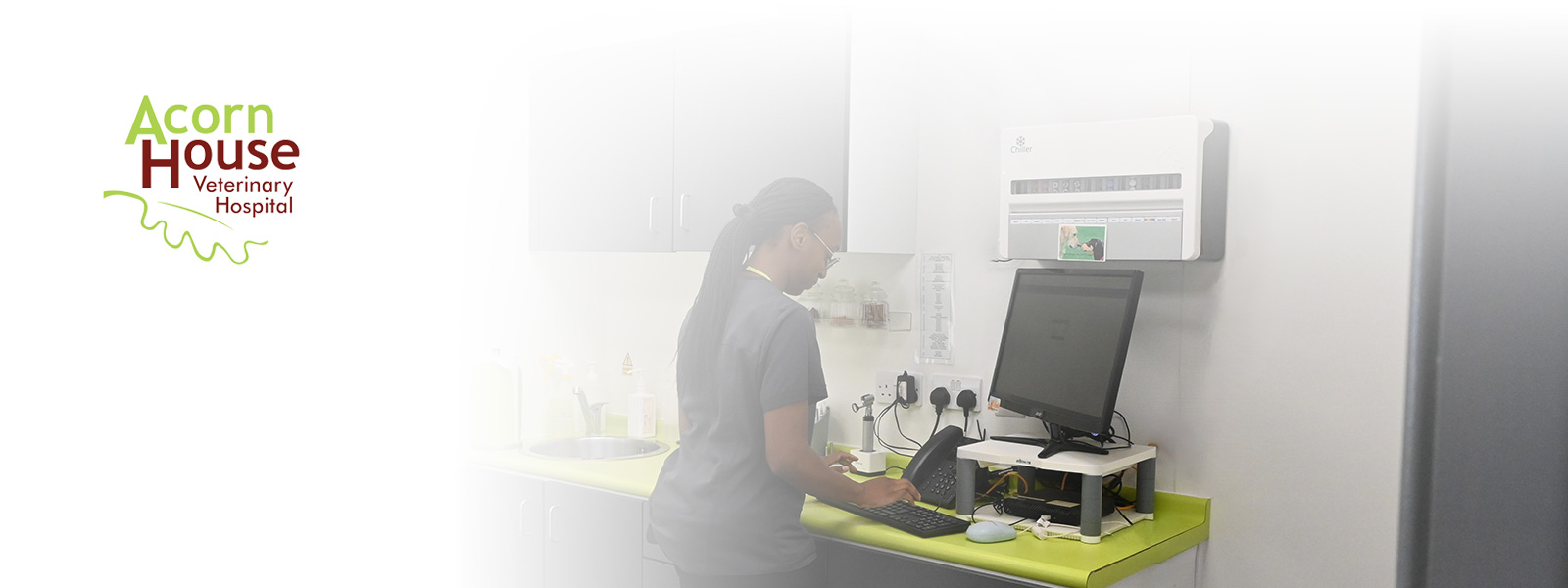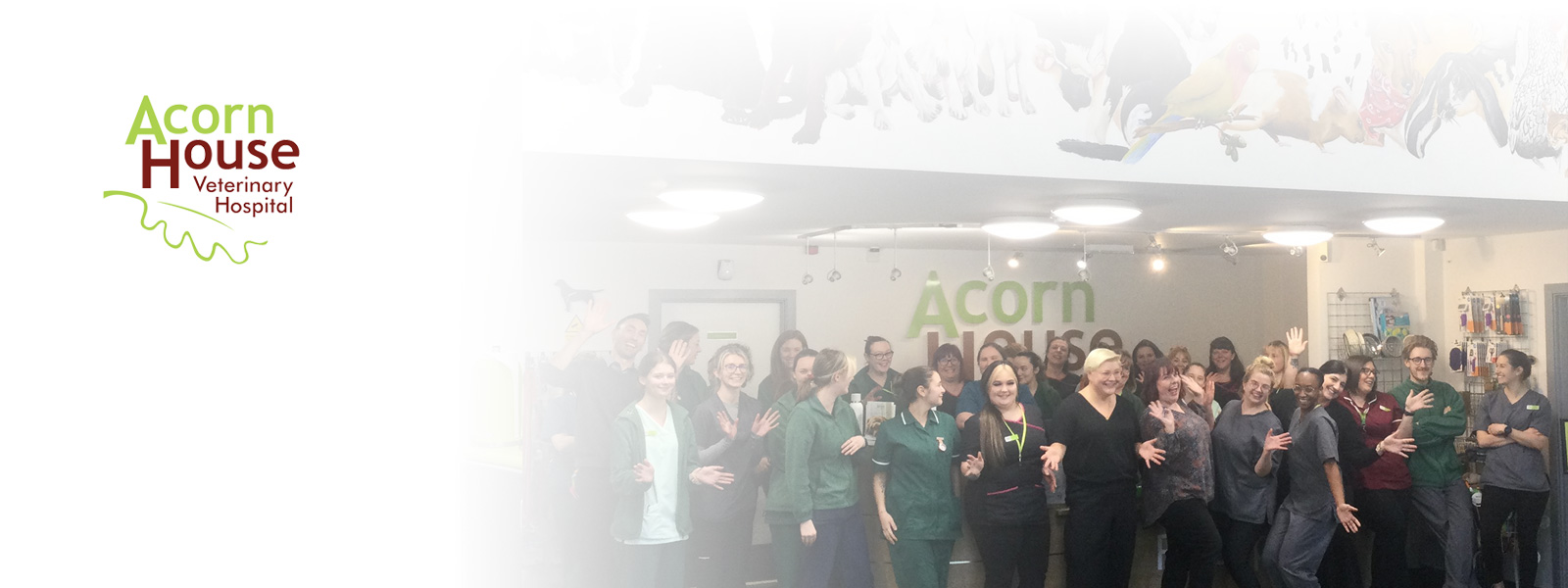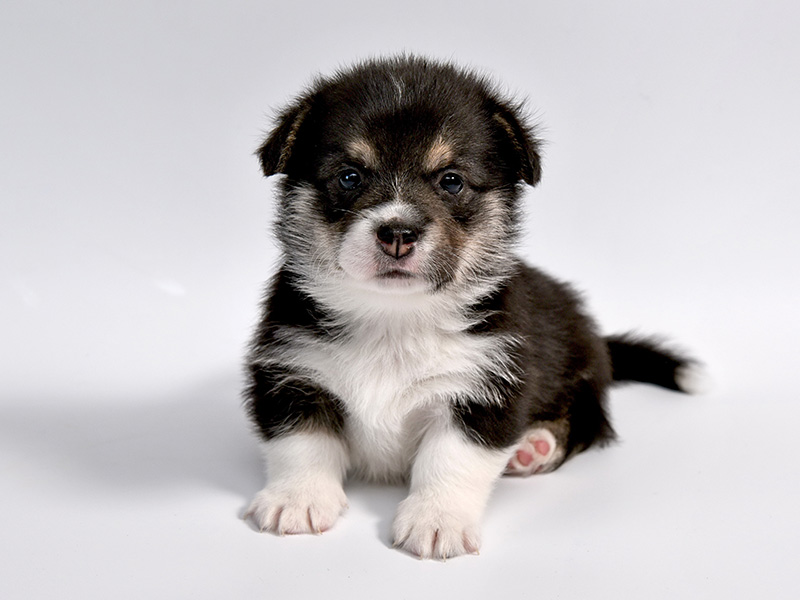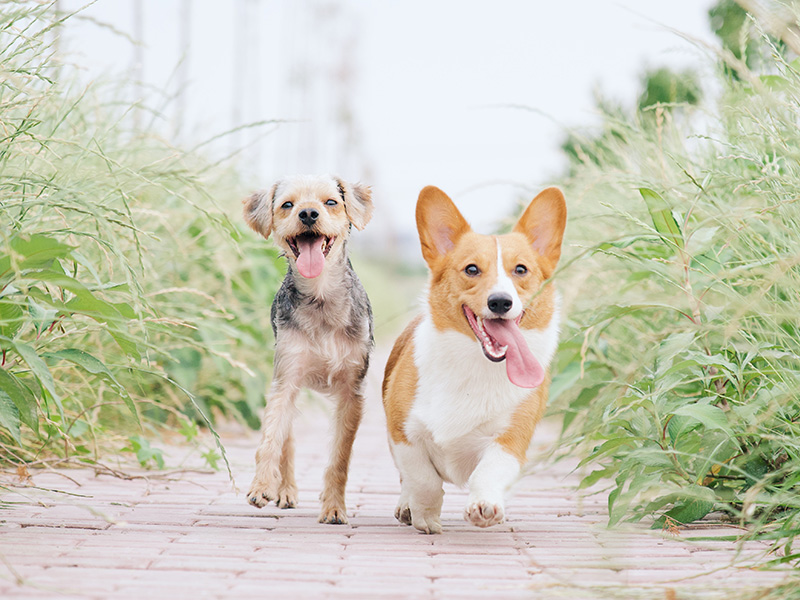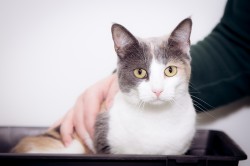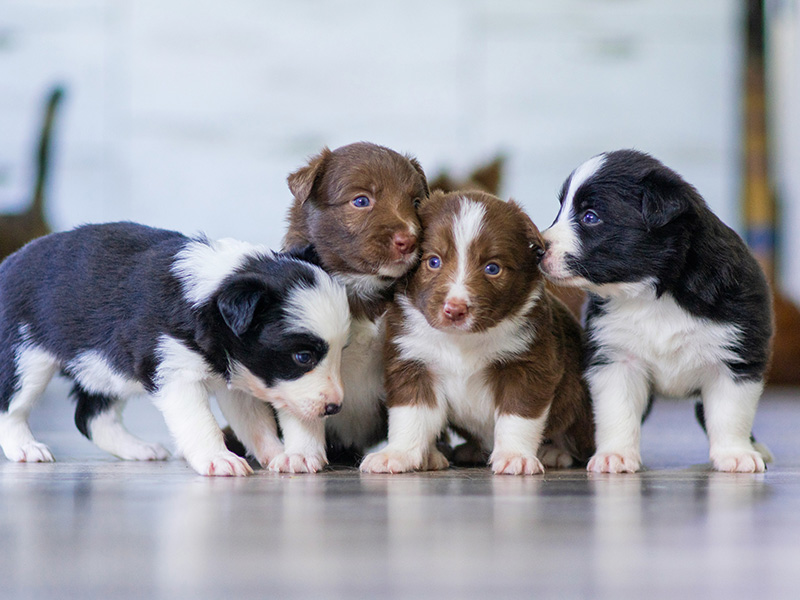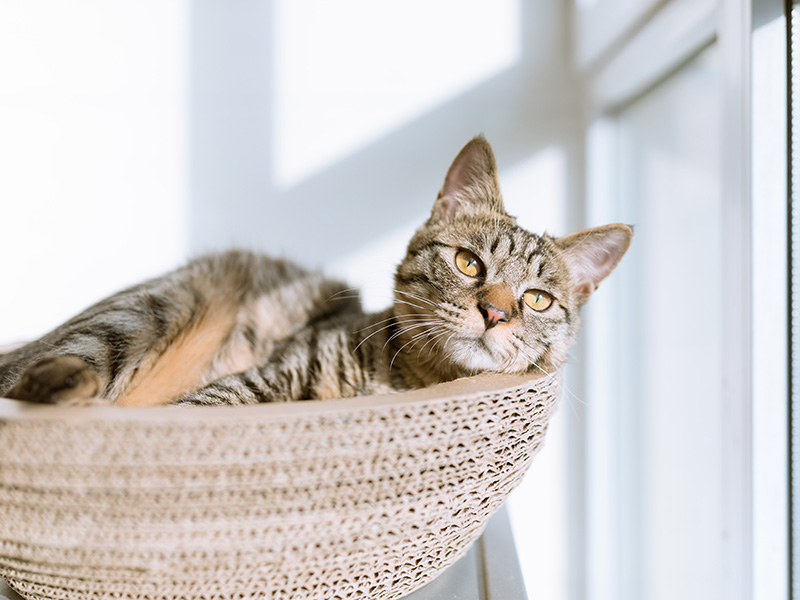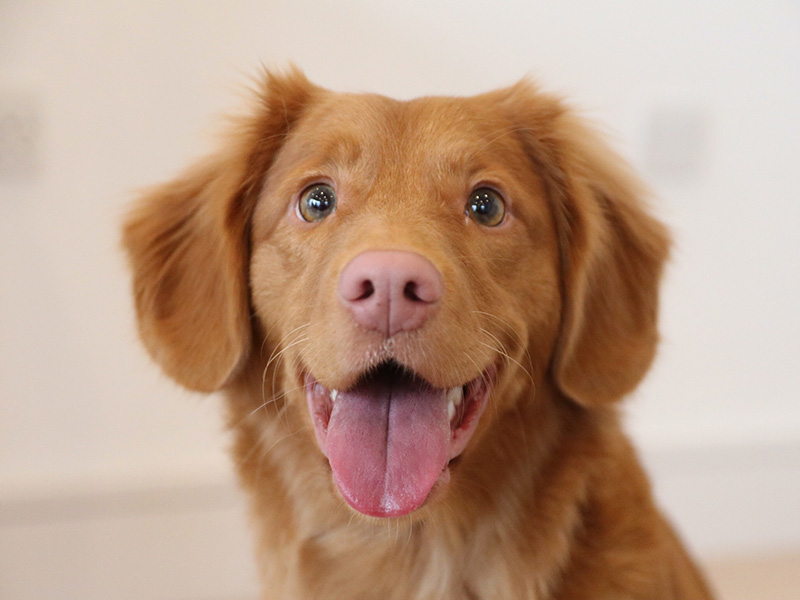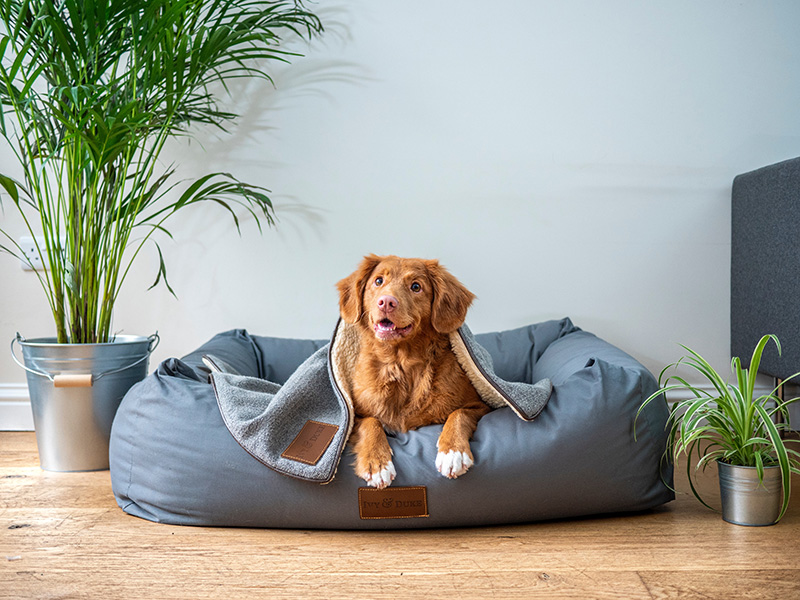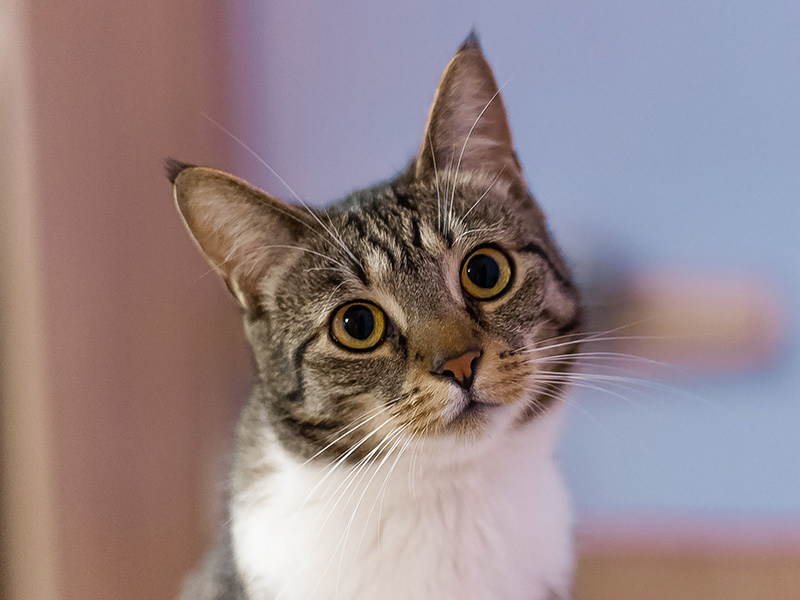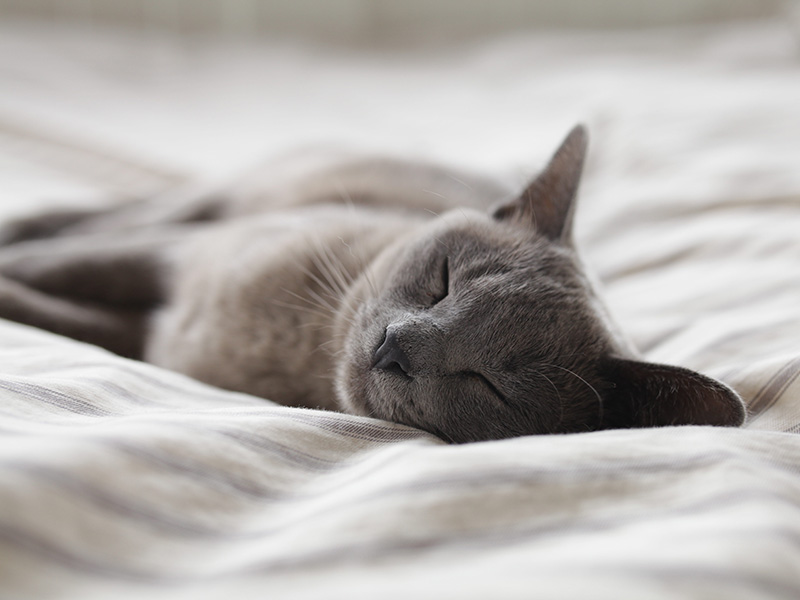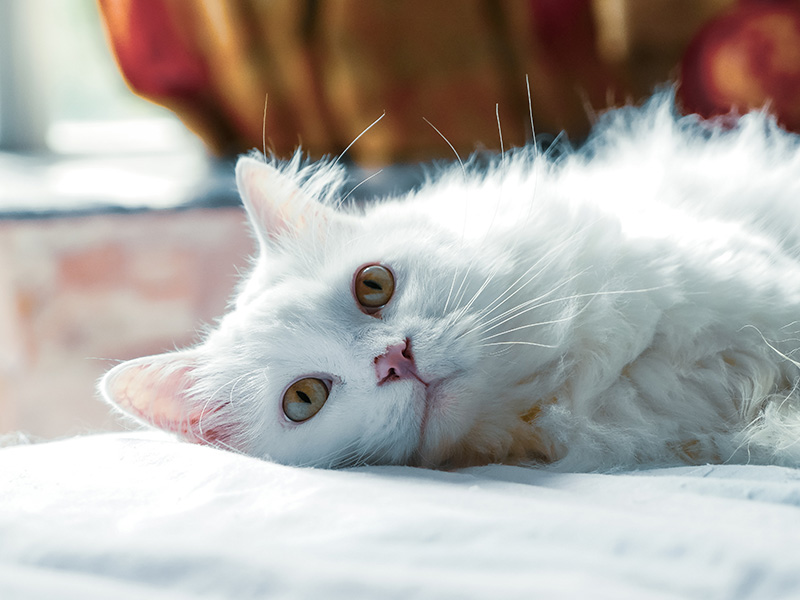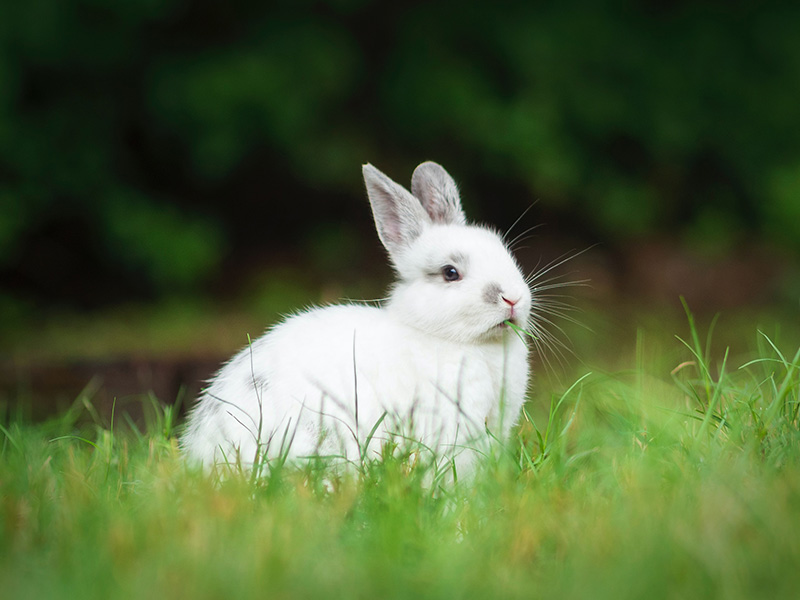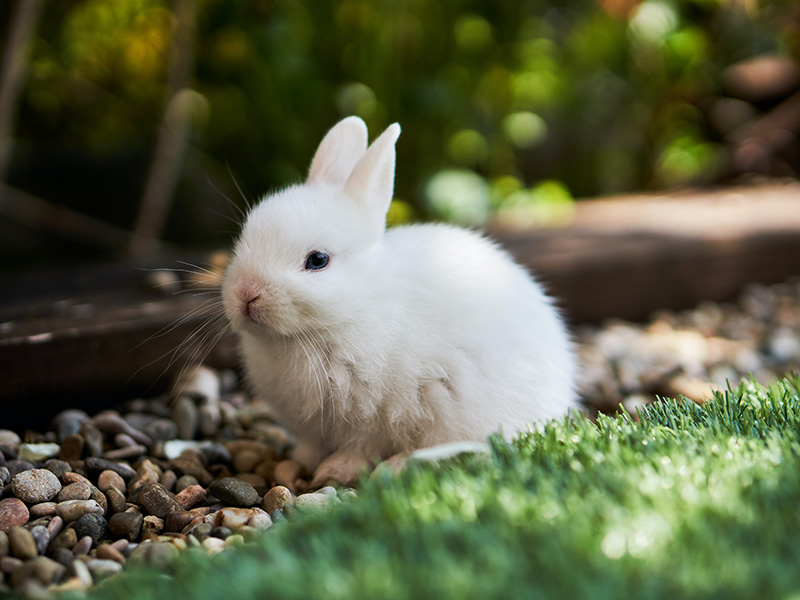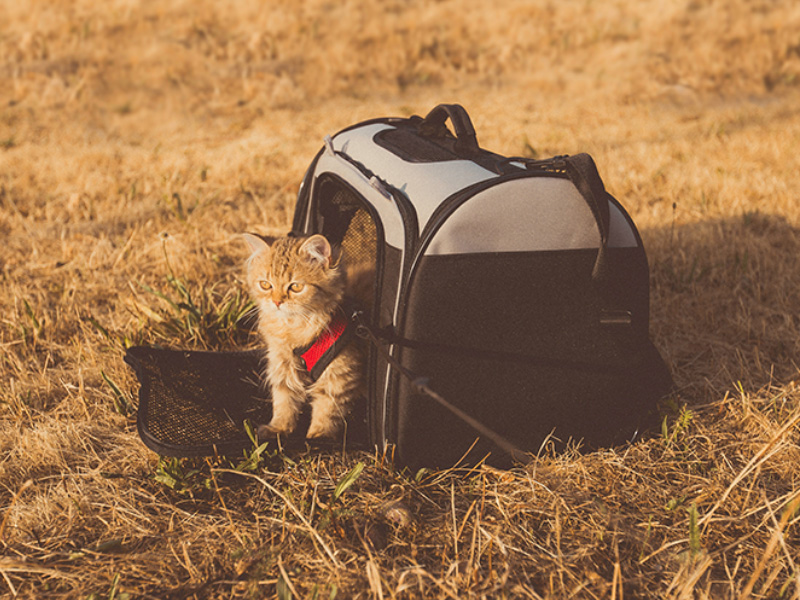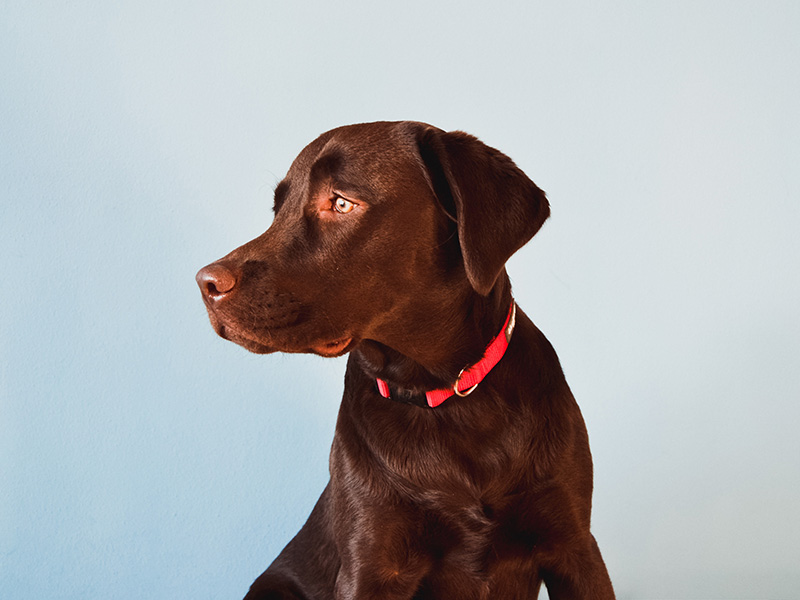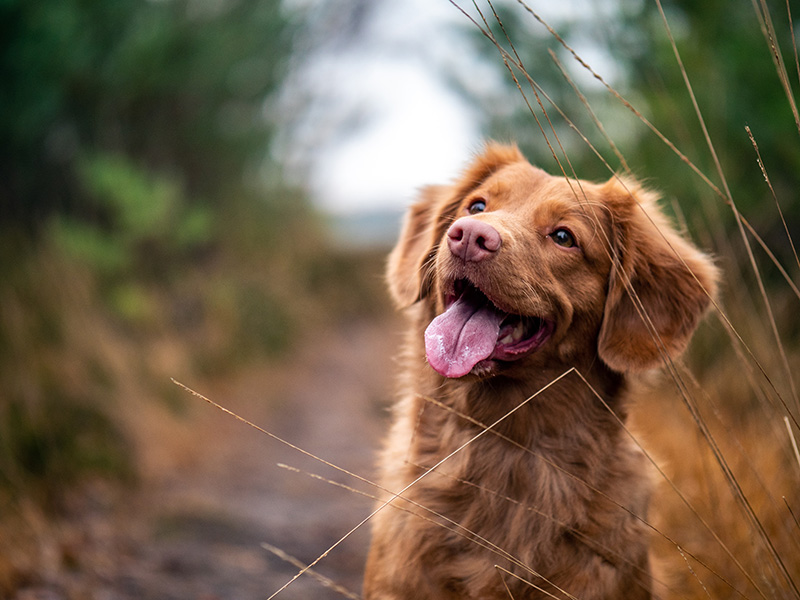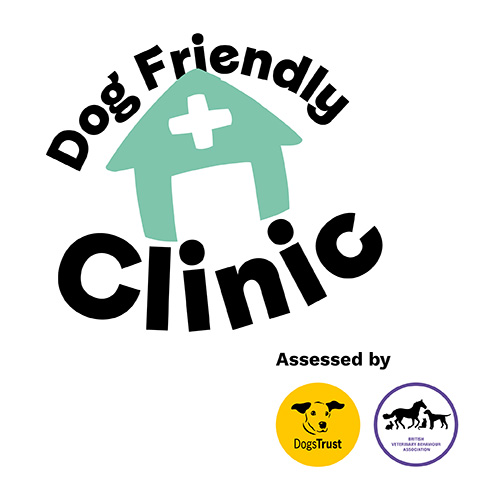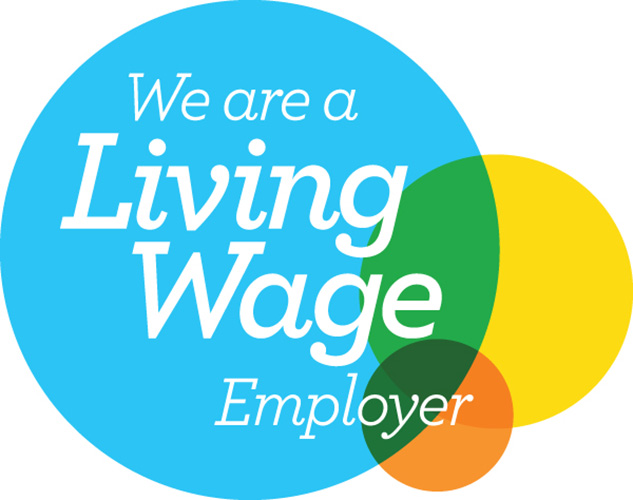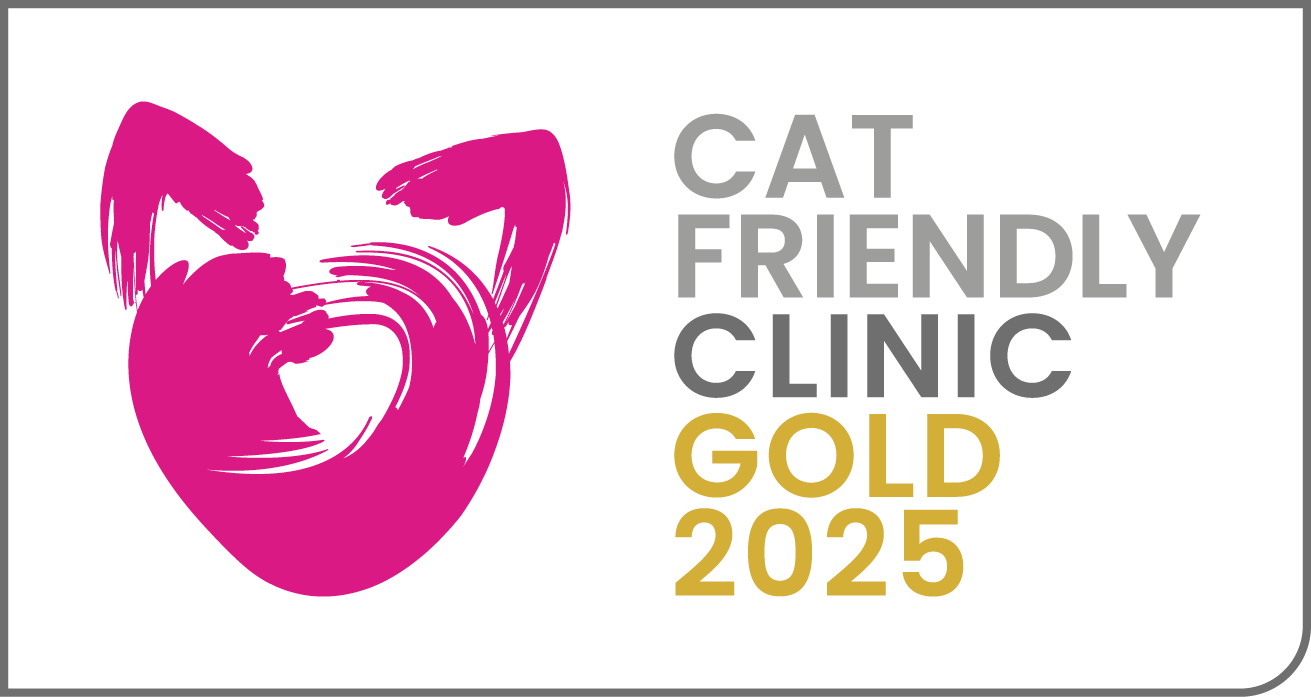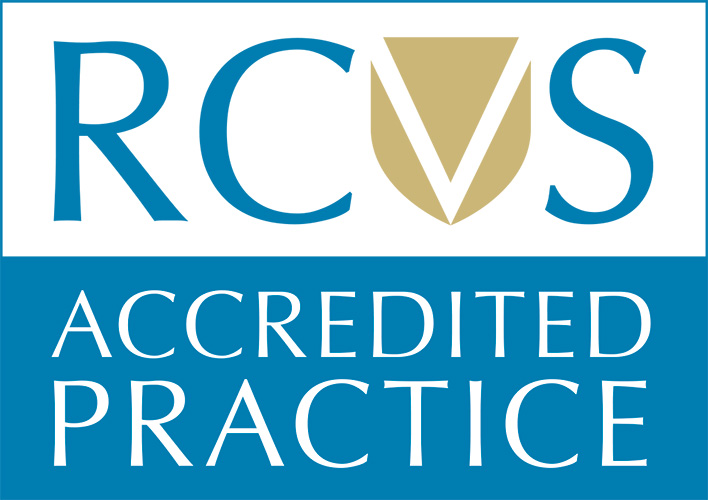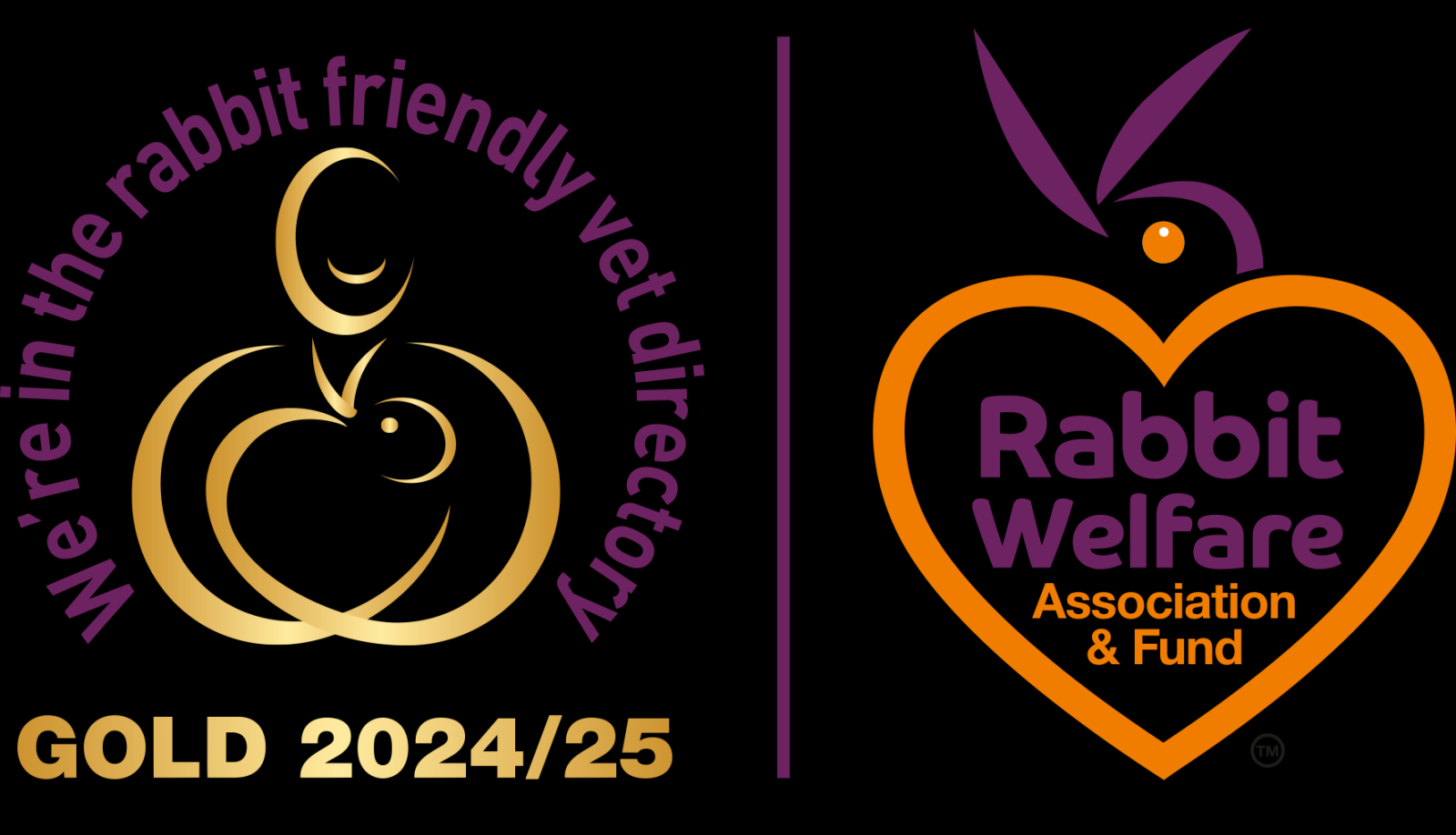Keyhole Surgery For Pets
Keyhole surgery (Laparoscopic Surgery) at Acorn House Veterinary Hospital
Acorn House Veterinary Hospital is able to offer keyhole surgery as an alternative to traditional, open surgery. This type of surgery is most commonly used for spaying bitches but can also be used for removing undescended testicles, and taking liver biopsies.
What happens in a traditional spay?
With traditional surgery, the surgeon makes an incision of 3-12cm through the skin and muscle on the underside of the dog’s abdomen. The surgeon can then directly look at the abdominal organs and identify the ovaries and womb. These are lifted out of the wound, and the attachments that hold these organs in place are cut. Surgical thread is used to tie off the blood vessels that would otherwise bleed when these organs are removed. The incision in the body wall is then closed up with a row of stitches in the muscle, a second row in the fatty tissue beneath the skin, and finally in the skin itself.
What happens in a keyhole spay?
Dogs having a keyhole spay have an anaesthetic and clipping of the fur on the tummy just like dogs having traditional surgery. However, instead of making a large incision and opening up the abdomen, the surgeon makes three small incisions (two of 0.5cm and one of 1cm) and uses these to pass fine, telescopic instruments into the abdomen. One of these instruments inflates the abdomen with gas, and another provides light and a camera so that the surgeon can see the inside of the dog on a video screen. The third instrument is used to heat-seal the vessels and attachments holding the ovaries in place, and remove them from the dog. The instruments are then removed, the gas is allowed to escape from the abdomen, and the small wounds are closed up with a stitch in each wound.
What are the advantages of keyhole spay surgery?
The advantages of keyhole spaying are:
- More comfortable for the dog after the operation because the wounds are much smaller – most dogs appear completely normal within 24 hours.
- Much reduced risk of wound complications (such as infection, delayed healing, dog nibbling out the stitches) because the wounds are so small.
- Much less exercise restriction required post-surgery. Dogs having a traditional spay are restricted to lead exercise for 3 weeks after the spay (10 minutes twice a day for the first 10 days, then increasing over the next 10 days). Dogs having a keyhole spay should be restricted to 30 minutes of lead exercise twice daily for the first 3 days and can then resume normal, off-lead exercise of any duration.
- With traditional surgery, it is possible for the body to react to the surgical thread that is used to tie off the blood vessels in the ovaries and womb. This can cause flu-like symptoms after surgery and, rarely, requires repeat surgery to remove the thread. With the keyhole surgery, these blood vessels are not tied off with thread, instead they are sealed with heat, meaning that there is no surgical thread left inside the dog’s abdomen at all and therefore no foreign material for the body to react to. Heat sealing is also much more reliable than stitching, so the risks of internal bleeding after surgery are also minimised.
- At Acorn House, we often keep dogs in the hospital for monitoring and strict rest overnight after their spay surgery. Dogs that have a keyhole spay should be able to go home the same day.
What is the cost of keyhole spay surgery?
The costs of the telescopic equipment, surgeon training, and the heat-sealing device, alongside the time-consuming procedures for sterilising the delicate instruments between each procedure, mean that keyhole surgery is more expensive to provide than traditional surgery. Acorn House charges a supplement of £315 on top of the normal spay price to provide this service.
Is keyhole surgery suitable for all dogs?
The decision to offer keyhole surgery is ultimately made by the surgeon who evaluates each dog prior to the procedure. In general, dogs that are not suitable for keyhole surgery include:
- Dogs that are obese – having a large amount of fat stored around the abdominal organs and within the liver can make it too difficult to see the organs through the telescope.
- Dogs that are very small (under 5kg) – the telescopic instruments are quite long, and in very small dogs this makes the keyhole surgery too fiddly to be safe or worthwhile.
- Dogs that have significant lung disease – inflating the abdomen with gas can make it difficult for dogs with lung disease to expand their lungs properly under the anaesthetic.
- Dogs that have had serious abdominal surgery in the past. In some cases, this leads to the development of “adhesions” - the abdominal organs stick together. If this is preventing access to the ovaries, open surgery can be required to peel the organs apart again.
Can my surgeon guarantee that the spay surgery will be carried out as a keyhole procedure?
After a pre-operative assessment, your surgeon will be able to confirm that your dog is a good candidate for keyhole surgery.
However, the surgeon must always have consent from the owner to convert the keyhole surgery into an open surgery if complications are encountered during the procedure. If this is necessary, the procedure will be completed as if it were a traditional spay. The £315 supplement would not be charged.
Do I need to request keyhole surgery at the time of booking?
Yes. If you are booking your dog in for a spay and would like this to be performed using keyhole surgery, please let the receptionist know when you make your booking. This allows us to ensure that both the keyhole equipment and a veterinary surgeon who has been trained to perform keyhole surgery are both available on that day.
